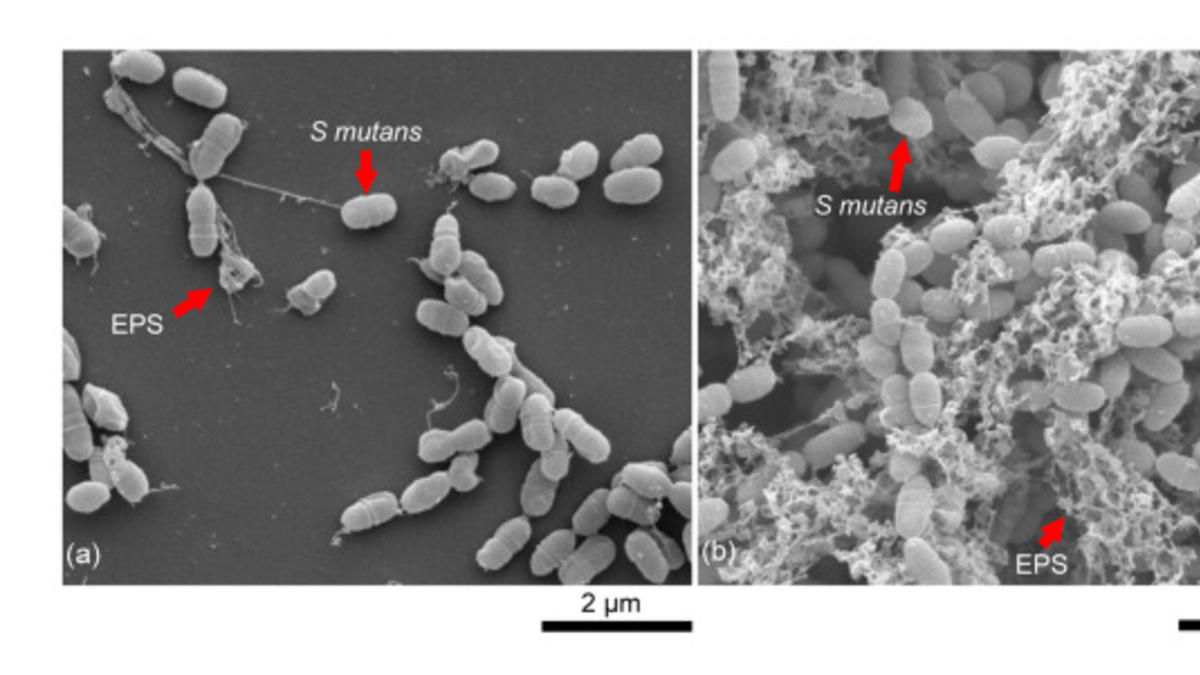Tony Butera, a rising senior in the Department of Mechanical and Aerospace Engineering, has spent his summer in the Grady Lab studying mechanical properties of biofilms and cells. Supported by the ESURF program, Butera was recently published as a co-first author, alongside postdoctoral fellow Laura Waldman and Martha Grady, director of the Grady Lab and associate professor of mechanical engineering, on a manuscript published in Biofilm.
Abstract
Biofilms consist of bacterial cells surrounded by a matrix of extracellular polymeric substance (EPS), which protects the colony from many countermeasures, including antibiotic treatments. Growth and formation of bacterial biofilms are affected by nutrients available in the environment. In the oral cavity, the presence of sucrose affects the growth of Streptococcus mutans that produce acids that erode enamel and form dental caries. Biofilm formation on dental implants commonly leads to severe infections and can restrict osseointegration necessary for the implant to be successful. This work determines the effect of sucrose concentration on biofilm EPS formation and adhesion of Streptococcus mutans, a common oral colonizer, to titanium substrates simulating common dental implants. Biofilm formation and profiles are visualized at high magnification with scanning electron microscopy (SEM). Large mounds and complex structures consisting of bacterial cells and EPS can be seen in biofilms at sucrose concentrations that are favorable for biofilm growth. The laser spallation technique is used to apply stress wave loading to the biofilm, causing the biofilm to delaminate at a critical tensile stress threshold. The critical tensile stress threshold is the adhesion strength. Because laser spallation applies the stress loading to the rear of the substrate, bulk adhesion properties of the biofilm can be determined despite the heterogenous composition and low cohesion strength of the biofilm. Statistical analysis reveals that adhesion strength of biofilms initially increase with increasing sucrose concentration and then decrease as sucrose concentration continues to increase. The adhesion strength of bacterial biofilms to the substrate in this study is compared to the adhesion of osteoblast-like cells to the same substrates published previously. When sucrose is present in the biofilm growth environment, S. mutans adhesion is higher than that of the osteoblast-like cells. Results of this study suggest sucrose-mediated S. mutans biofilms may outcompete osteoblasts in terms of adhesion during osseointegration, which could explain higher rates of peri-implant disease associated with high sugar diets. Further studies demonstrating adhesion differentials between biofilms and cells including co-cultures are needed and motivated by the present work.
Read the full article here.
